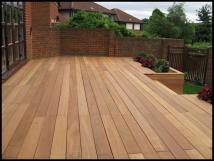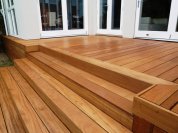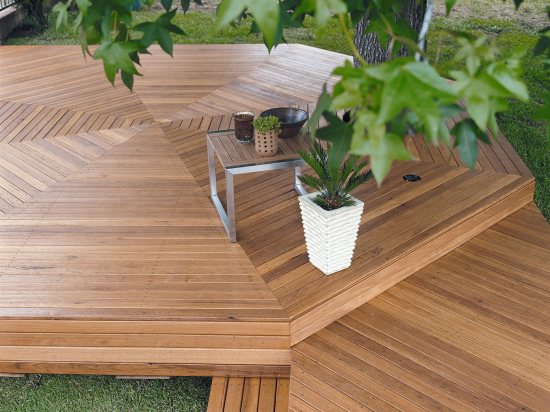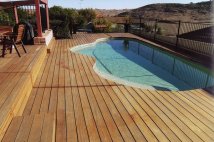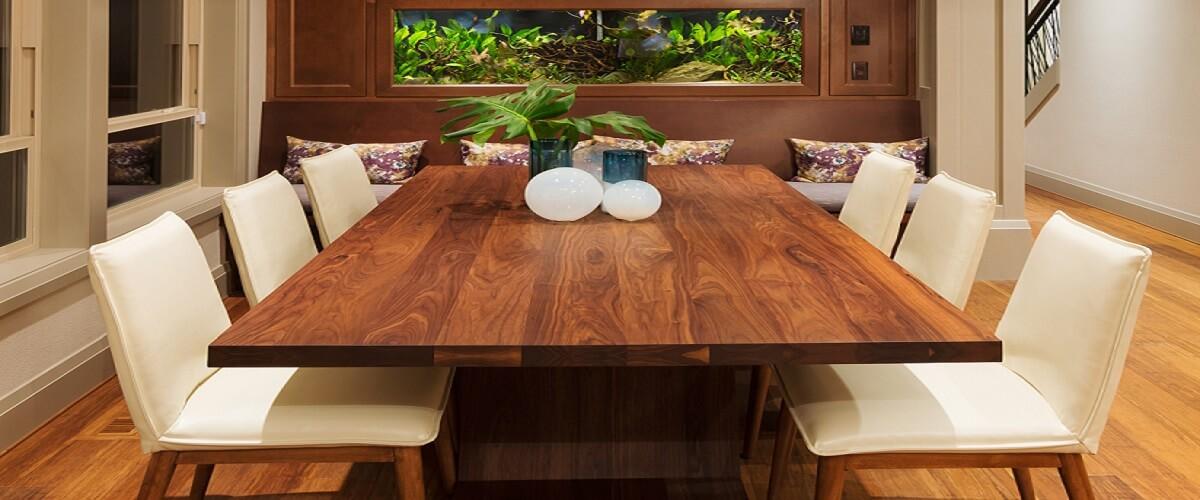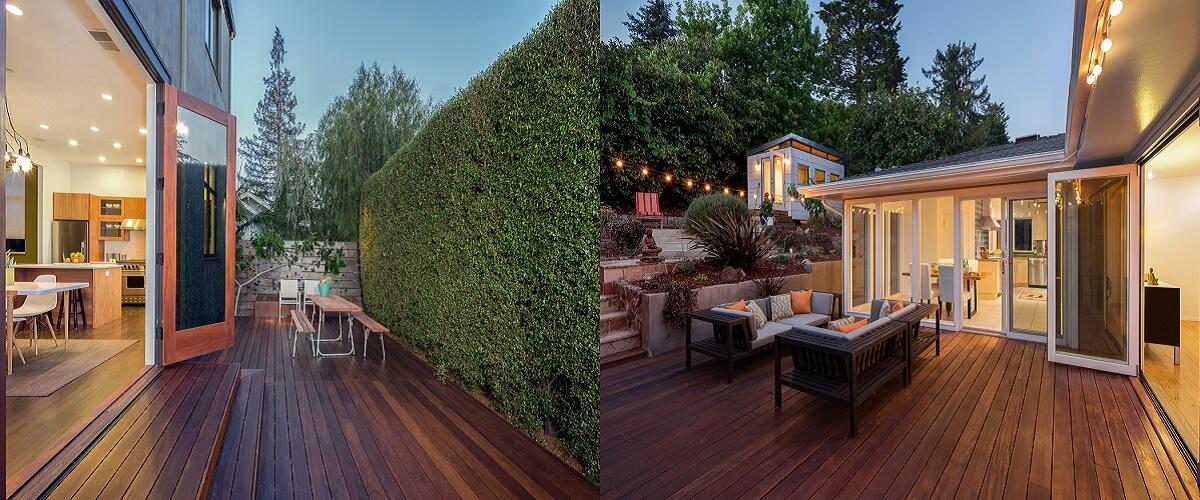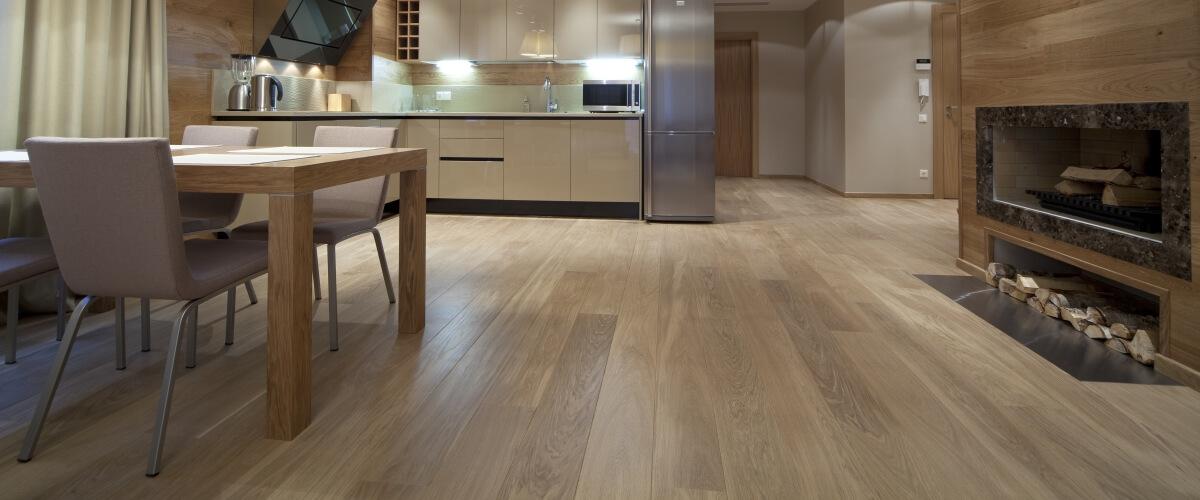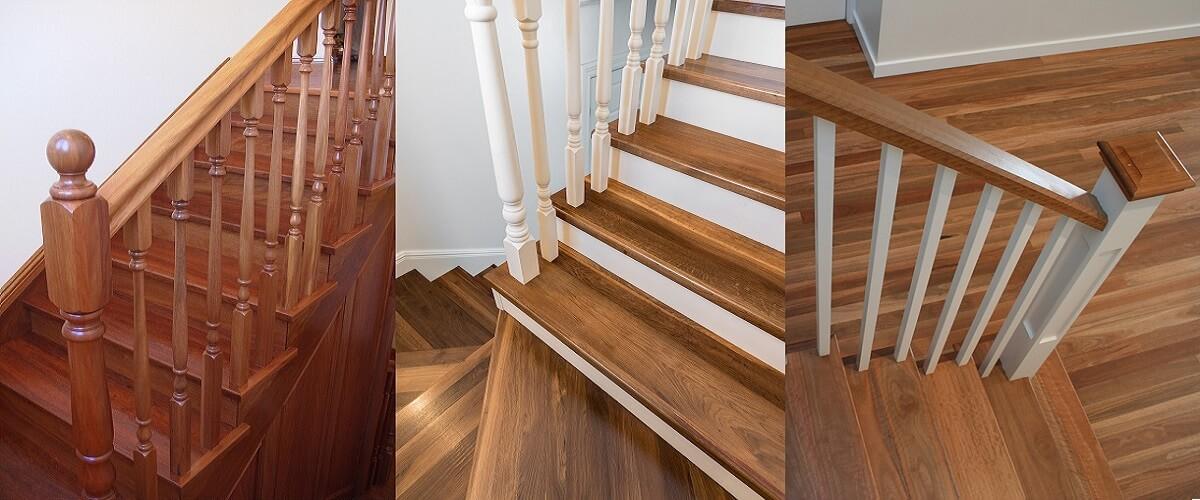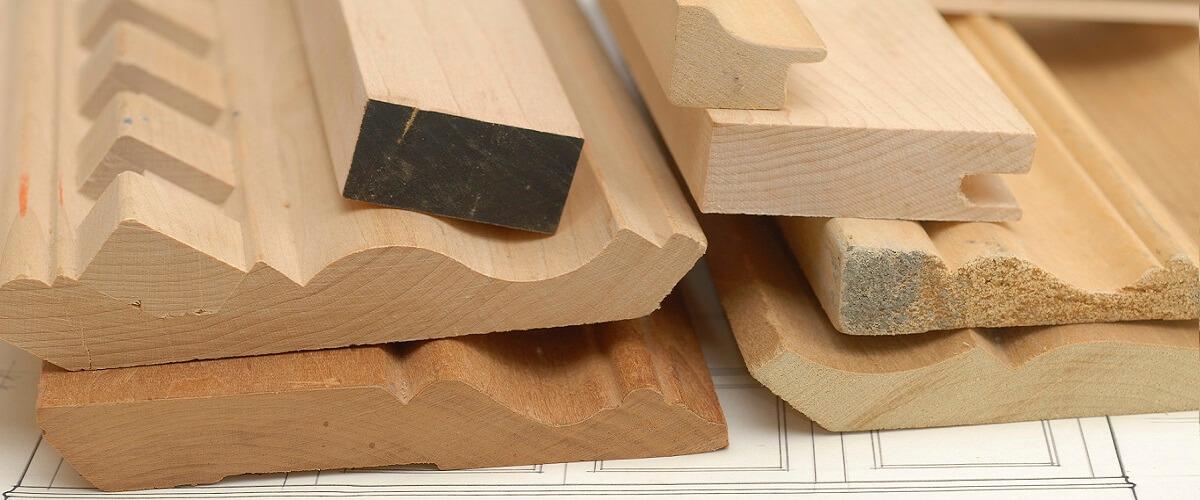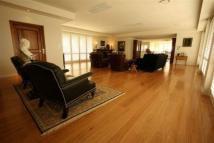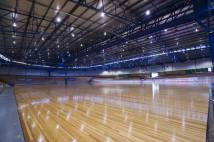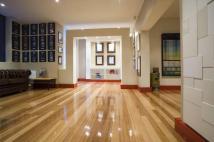Blackbutt Timber (Eucalyptus pilularis) Species Sydney
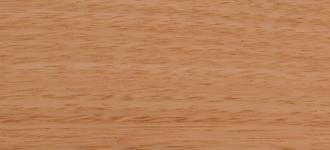
Blackbutt Wood Appearance
Colour – The heartwood is pale brown with a faint tinge of pink when freshly cut. Sometimes the sapwood is indistinguishable from the heartwood but usually is slightly paler in colour.
Grain – Moderately coarse textured and variable. Gum veins are common. The presence of wavy interlocking grain can produce attractive figure in some pieces.
Black Butt Wood Properties
Density – 930 kg/m3
Durability – Class 2 – highly resistant to decay when fully exposed to weather, clear of the ground and well drained with free air circulation. Moderately decay resistant in the ground.
Hardness – Hard (rated 2 on a 6 class scale) in relation to indentation and ease of working with hand tools
Blackbutt Identification Features
Sapwood – Slightly paler than heartwood
Heartwood – Light brown with occasional pink colouration in some samples.
Texture – Open and uniform. Grain straight but occasionally slightly interlocked. In some cases it has greasy appearance and feel, similar to, but not as pronounced as in tallowwood.
Blackbutt Wood Structure
Growth rings – Absent
Vessels – Medium to large in size, often arranged in oblique chains. Vessel lines prominent on dressed longitudinal surfaces. Tyloses frequently present.
Wood Parenchyma – Not visible without a lens.
Rays – Fine
Black Butt Other Features
Burning Splinter Test – A match size splinter burns to charcoal without ash.
Gum Veins - Some species may contain gum veins.
Blackbutt Timber Flooring
Blackbutt Timber Decking
